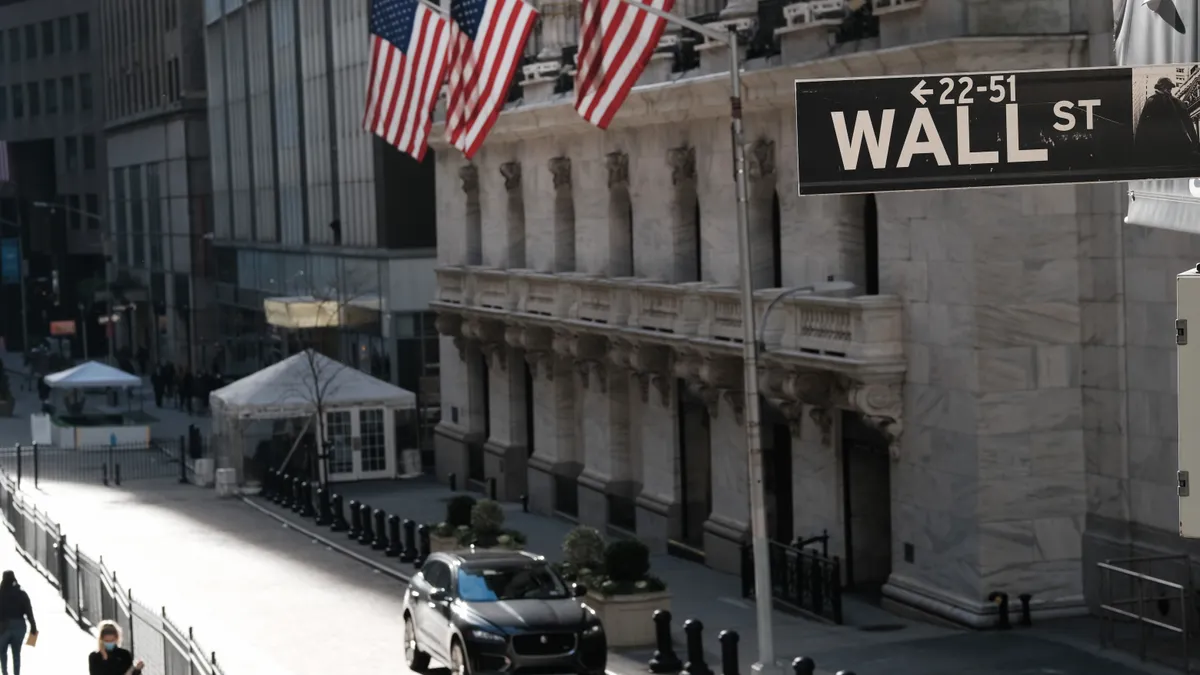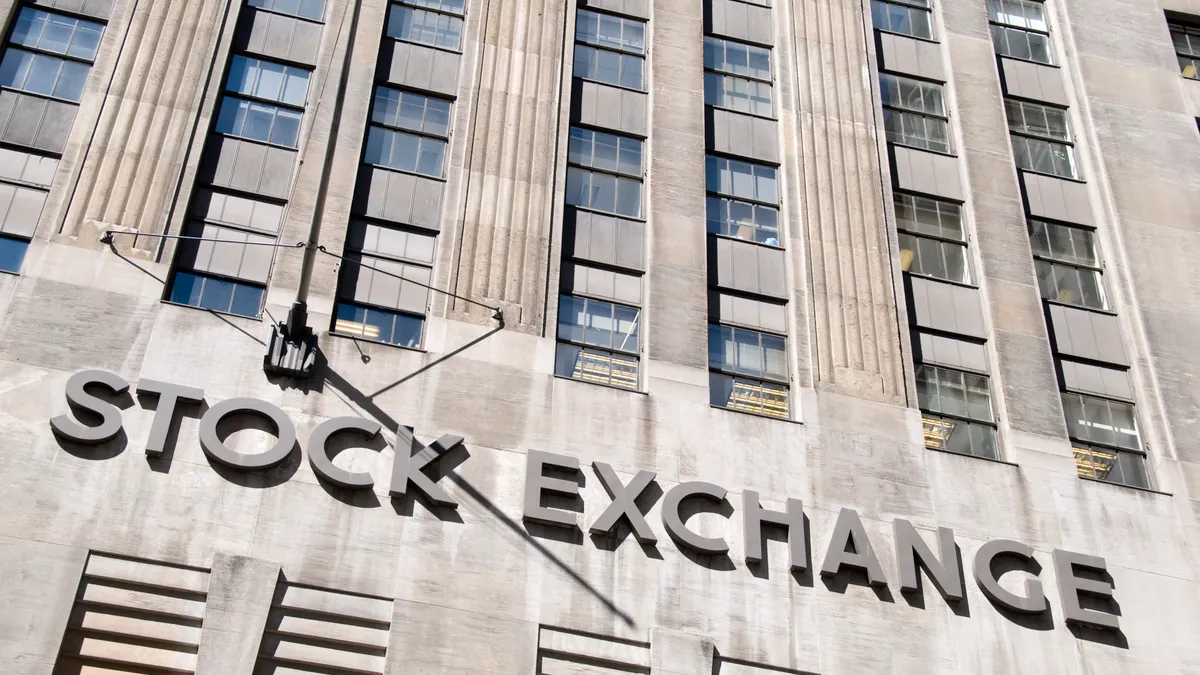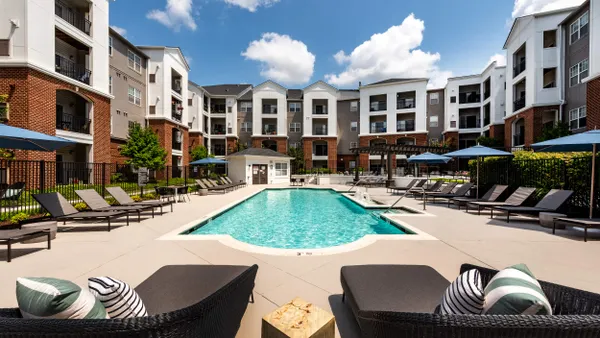Equity Residential launched its initial public offering in 1993 — more than 30 years ago. Since that time, the Chicago-based REIT had never reported a lower resident turnover rate than the 7.9% it posted in the first quarter of 2025.
“This is a continuation of a very favorable prior trend and supports the strength of our centralized renewal process and intense focus on delivering our residents a quality experience,” EQR Chief Operating Officer Michael Manelis said on the firm’s Q1 earnings call last week.
The uncertain economic climate also played a role in EQR’s resident retention, and that could continue into future quarters. “When there's ambiguity, people tend to bunker down,” Manelis said.
EQR’s strong retention contributed to solid Q1 results, with 2.2% same-store year-over-year revenue growth across 75,362 units, a 2.4% rental increase and a 20 basis point occupancy bump. However, potential economic headwinds throughout the rest of the year were a recurring theme during its earnings call.
“Like most market participants, we see a higher-than-usual level of uncertainty in the forward path of the economy given various recent governmental actions relating to tariffs and other matters,” EQR CEO Mark Parrell said on the call. “The impact of these actions on the larger economy and on our business are hard to estimate currently and will take some time to unfold.”
Federal cuts
No market is a better example of 2025’s uncertainty than the Washington, D.C., metro area. With the Trump administration’s cuts to the federal workforce and government funding, the nation’s capital faces challenges previously unseen.
However, EQR’s portfolio remains over 97% occupied in the region and continues to produce solid rent growth. “There have been a lot of questions on what the impact from government job layoffs in the market will look like, and as of now, we are not seeing an impact,” Manelis said.
Though the cuts aren’t impacting projections for the next 90 days, Manelis noted EQR’s numbers can be a lagging indicator of economic issues. He has also heard stories of residents expressing concern about staying in their apartments due to job loss and inbound inquiries from West Coast residents needing to relocate to the D.C. market now that the government requires in-office work.
BY THE NUMBERS
| Category | Q1 | YOY Change |
| Property revenue | $715.8 million | 2.2% |
| Net operating income | $480.6 million | 1.3% |
| Operating expenses | $235.2 million | 4.1% |
| Funds from operations | $0.94 | 8% |
| Rent per unit | $3,160 | 2.4% |
| Occupancy rate | 96.5% | 20 bps |
“In the past, we have seen situations, for example, in Seattle and San Francisco, that experienced layoffs with extended severance periods,” Manelis said. “And the result was more about a slowing of rent growth than any kind of increase in lease breaks, delinquency or move-outs.”
EQR is also monitoring Boston, which experienced some weakness in new lease pricing in Q1, but maintained stable occupancy.
“We're watching the headline risks in Boston because some of that pullback in the research funding on top of the life science and bio slowdown is what we're trying to understand … as far as the impact on total demand,” Manelis said. “So far, it feels OK.”
West Coast markets
On the other side of the country, Los Angeles remains a mixed bag for EQR. The REIT has been able to grow physical occupancy and turnover has improved, but pricing power remains somewhat elusive, according to Manelis.
“Performance is much stronger in the suburban submarkets of Santa Clara and Ventura County than the more urban locations with little overall operating impact from the wildfires earlier this year,” Manelis said. “We believe that the slow pace of recovery in the entertainment business, along with some quality-of-life issues, are contributing to this performance.”
San Francisco, with occupancy above 97% and net effective pricing up 6% since the beginning of the year, is still improving.
“The downtown submarket is demonstrating strong momentum, with very stable, high occupancy and concessions declining pretty steadily all year so far, both in the percent of applications and dollar amounts being given,” Manelis said. “And those declines are on top of the increases we are also seeing in base rent, which combined is fueling our net effective prices in the marketplace.”
Another tech market, Seattle, is also showing improvement, despite some supply pressures that should ease as the year progresses. “The return to office from Amazon has been a positive for the market,” Manelis said. “Occupancy is 96.5%, and we saw good rental rate growth in the quarter. Tech employment seems stable in this market as well.”
Click here to sign up to receive multifamily and apartment news like this article in your inbox every weekday.







































